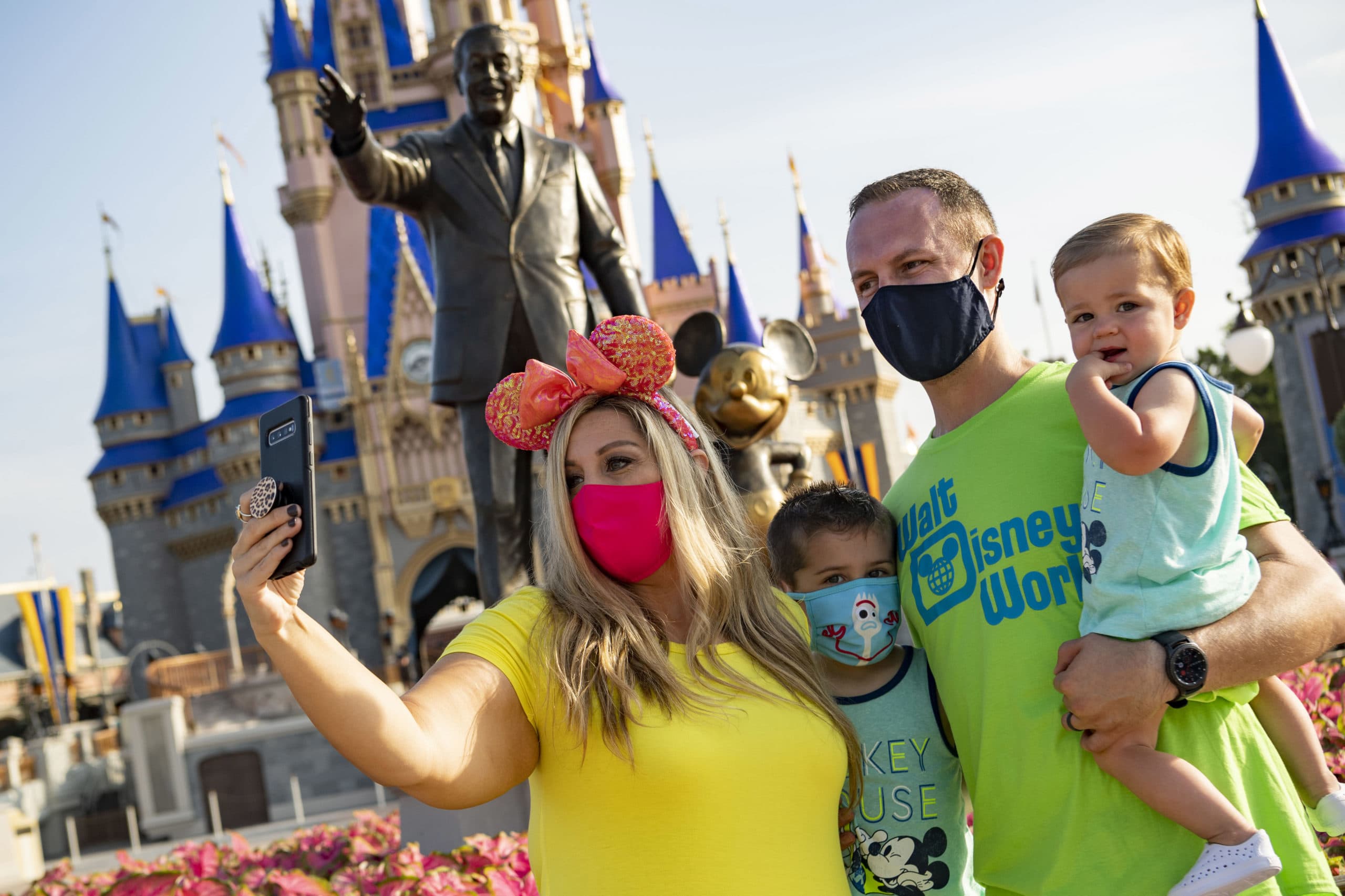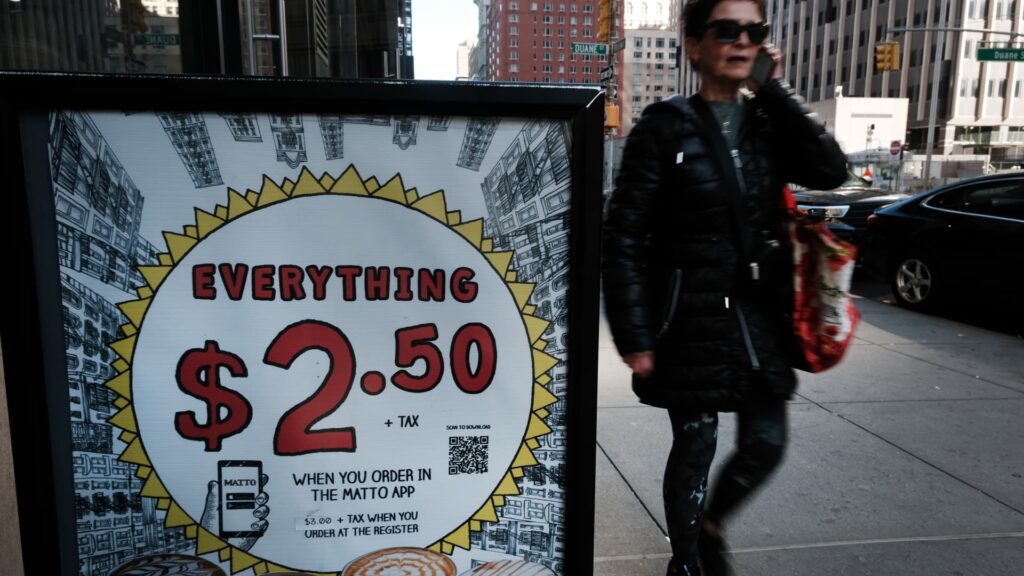Inflation rebounded in January at the wholesale level, as producer prices rose more than expected to start the year, the Labor Department reported Thursday.
The producer price index, a measure of what raw goods fetch on the open market, rose 0.7% for the month, the biggest increase since June. Economists surveyed by Dow Jones had been looking for a rise of 0.4% after a decline of 0.2% in December.
related investing news

Excluding food and energy, the core PPI increased 0.5%, compared with expectations for a 0.3% increase. Core excluding trade services climbed 0.6%, against the estimate for a 0.2% rise.
On a 12-month basis, headline PPI increased 6%, still elevated but well off its 11.6% peak in March 2022.
Markets fell following the release, with futures tied to the Dow Jones Industrial Average down about 200 points.
While the PPI isn’t as closely followed as some other inflation metrics, it can be a leading indicator as it measures the first price producers get on the open market.
The PPI increase coincided with a 0.5% jump in the January consumer price index, which measures the prices consumers pay for goods and services. Together, the metrics show that while inflation appeared to be subsiding as 2022 came to a close, it started the year off with a pop.
Economists are attributing the January inflation increase primarily to some seasonal factors as well as payback from previous months that showed more muted price rises. An unseasonably warm winter may have played some part as well, while fuel prices, which are volatile, also jumped during the month.
A report Wednesday showed that consumer spending more than kept pace with inflation, as retail sales increased 3% for the month and were up 6.4% from a year ago.
In other economic data Thursday, the Labor Department reported that jobless claims edged lower to 194,000, a decline of 1,000 and below the Dow Jones estimate for 200,000. Also, the Philadelphia Federal Reserve’s manufacturing index for February plunged to -24.3,…
Read the full article here





